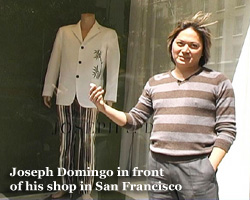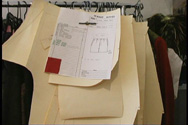Ash Gupta – Photographer and Founder of the Progressive Studio 838
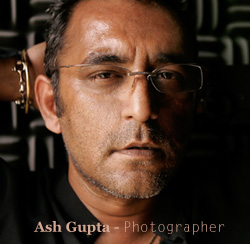 Indian-born photographer Ash Gupta is a celebrated, internationally known photographer who has made his home in Los Angeles, but is very much in demand around the globe. He has photographed top models, celebrities, including Elizabeth Shue, Sharon Lee, Dominique Swain, and Davis Guggenheim, just to name a few. Ash came from a small town in India, and emerged from a very traditional orthodox business class family. He was very young, just 15 years old, when he got involved in commercial theater and met a group of friends who happened to paint. He tried painting, too, but realized that the soul was missing. And through this quest he found his way to photography.
Indian-born photographer Ash Gupta is a celebrated, internationally known photographer who has made his home in Los Angeles, but is very much in demand around the globe. He has photographed top models, celebrities, including Elizabeth Shue, Sharon Lee, Dominique Swain, and Davis Guggenheim, just to name a few. Ash came from a small town in India, and emerged from a very traditional orthodox business class family. He was very young, just 15 years old, when he got involved in commercial theater and met a group of friends who happened to paint. He tried painting, too, but realized that the soul was missing. And through this quest he found his way to photography.
“Actually my father did have an inclination toward photography and used to own some old Rolleiflex [cameras]. When my parents were vacationing, I tried to put my hands on the cameras and open them up. All the springs popped out and I was grounded. But that was my first introduction to photography. And since then, I do not think a camera has ever left my sight.”
Ash is the founder of Studio 838, a platform for talented young photographers. He realized that many photographers went through vigorous college training but were lacking certain critical elements. Many of these graduates were not prepared to handle real world experiences. The photographers were hand-picked, and would soon become a part of an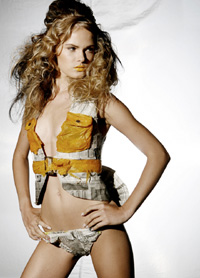 important discussion group, a group that would dissect and embrace the art form. Its main focus? Commercial photography. These photographers became part of a family, Studio 838.
important discussion group, a group that would dissect and embrace the art form. Its main focus? Commercial photography. These photographers became part of a family, Studio 838.
“When I started shooting commercially, first assisting and interning, I met photographers who were very well trained, having the proper discipline, as well as being graduates from special schools. I realized that they had problems coping with real life. They knew how to shoot, but didn’t know what to shoot—the college didn’t teach that. We started grouping very talented photographers and concentrated on commercial fashion. This was the start of Studio 838.”
—Ash Gupta, Photographer—
How long ago did you start the network? Is that what you call it, a network?
I call it a platform because I have my connections in photography and commercial media all the way to Southeast Asia. Since I moved to Los Angeles [15 years ago], I started meeting photographers. I assisted some very powerful names in the industry. But the real execution of the studio and the first group of photographers that I trained happened in 2003. I later realized that these photographers would eventually assist me. They’d move on because total emphasis was fashion [photography] as a fine art. I had already trained two groups of photographers, and just when the third group was about to enter the premises, I realized that the studio needed to concentrate on commercial ventures. So the photographers I was training could actually stay here and make a living. And now we are all working towards the same goal—to take over the commercial market in Los Angeles.
Have there been any challenges while trying to put together this group of photographers you’re working with now?
The biggest challenge was to put a group of artists together. Egos are the biggest thing—they’re very fragile. [For the most part], artists are not very vocal people, and to teach them how to express themselves in a group can be very difficult, especially when you deal with our directors, management companies, publicists, designers, and the people involved with the fashion industry in general. Because everybody has massive egos, blending them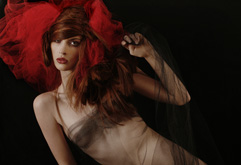 together is very difficult. But once we achieved that successfully, they needed to learn how to react to the outside world. And because it is not an MBA course, it’s something that has to be dealt with on a regular basis.
together is very difficult. But once we achieved that successfully, they needed to learn how to react to the outside world. And because it is not an MBA course, it’s something that has to be dealt with on a regular basis.
How many photographers do you have in your group right now?
We like to have two or three photographers and two interns at a given time. It is a platform for photographers who have a professional place to launch their careers.
It’s almost like an apprenticeship.
It’s more like a house for photographers whose sources are enviable.
What don’t you accept in a potential applicant? What is the one thing that would make you go, “This person can not qualify for this program“?
Somebody who is not a really good team player.
How could you find that out?
A person who is a team player makes sure that the job has been divided. Suppose someone has to produce a shoot. Those interpersonal skills with other people should be very enterprising, not be scared of challenges. “No” is definitely not an answer. Once you’re a team player, you start trusting your teammates, and that trust is embedded in you.
Did you have a high turnover when you first started this platform?
Actually, not really. I really like people. That’s the reason I work with people—it’s chosen by the people for the people.
So you have a “Photography Democracy.” So where do you see this platform in five years?
I see it as a very strong commercial venue. At the same time, I see it as a very strong platform for launching the upcoming young talents. We want to have our own branding, and wherever the 838 name is put, it should be all about quality.
That was very enterprising of you to start this, and obviously there is a passion in you. Is it because of what you went through personally as a photographer that made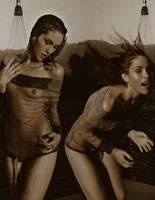 you feel that this platform was necessary for other photographers coming up?
you feel that this platform was necessary for other photographers coming up?
There are some professions that you can do by yourself, and there some professions where you need a group. Motion film is not a one person’s job. Good or bad depends on the team you put together—casting matters a lot.
How did you get started?
I started at a young age and from a very strange scenario. I came from a family that had nothing to do with fashion, but I was always interested in anything my background did not have to offer me.
Had you shot anything of note before you moved to L.A.? What did you shoot?
I was shooting a lot of everything, but I realized that I was more interested in people because a lot of families wanted me to shoot their portraits. While in India, I had a friend whose dad used to be senior executive for a fashion company. One day, their main photographer was unavailable. They asked me if I had a camera and could I take pictures for them. So I took 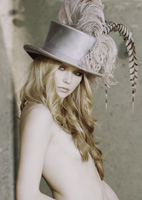 some pictures, and three weeks later, I got a pretty fat check in the mail. And for the first time I realized, “Wow, you can do it this way, too!” You could make a very lucrative living because that money was too much for that particular time, and suddenly my avenues changed. I got to know more local agencies. I started making friends with the art directors and the commercial clients. Slowly, it converted into a business.
some pictures, and three weeks later, I got a pretty fat check in the mail. And for the first time I realized, “Wow, you can do it this way, too!” You could make a very lucrative living because that money was too much for that particular time, and suddenly my avenues changed. I got to know more local agencies. I started making friends with the art directors and the commercial clients. Slowly, it converted into a business.
Back in the 80s, there was a lot of peer pressure to get an education. Get a master’s degree. Become a doctor or lawyer or engineer. Fashion Photography was not a classified designation to do what you do as a fashion photographer. Not in India in the 1980s.
Maybe you paved the way a little bit?
We were definitely the first ones who started an era of fashion.
So you are a pioneer. You are a maverick. Do you think that because you come from a family that is very orthodox, business related, this is what spurred you on, and maybe why you are so enterprising in creating your own platform for photographers? Because that is a business.
Yes, but whatever is inside of me is no different from what you’re thinking. If I needed to stay in business, I would have stayed with my dad. I have this feeling that people should not suffer the way I suffered. We had no mentor. We had no direction. We didn’t know how to rest. The new generation should not be lacking anything. They don’t have anybody; they should have role models; they should be more vocal; and they should be accessible.
What made you decide to come to America?
To be honest, my telephone bill to America [It was costing more than an airline ticket]. My girlfriend was here for almost a year, and we used to talk a lot on the phone. Someone suggested I should fly instead of hiking up my bills. So I did come to New York.
So how long did you stay in New York?
I actually stayed for two and a half years because three months of my visit, we decided to get married. So I got married in a small town. She was studying at Cornell; and that was a totally new and different life after that.
So you did a lot of Fashion Photography in New York, which is high fashion central?
I connected myself to Cornell Design League, which is an in-house advertising fashion agency of Cornell. And they have a fashion school there. I was involved with them, but then 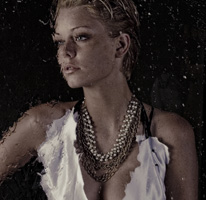 we [my wife and I] had two choices, move to New York City or to Los Angeles; and I don’t know … it was 16 or 17 years back … what tempted me to come to Los Angeles—perhaps the weather, because it was closer to my home country, India. And we moved to Los Angeles instead of going to New York, a decision I do not know whether I regret or I am happy about. But Los Angeles feels like home now, and I’ve been living here for the last 16 years.
we [my wife and I] had two choices, move to New York City or to Los Angeles; and I don’t know … it was 16 or 17 years back … what tempted me to come to Los Angeles—perhaps the weather, because it was closer to my home country, India. And we moved to Los Angeles instead of going to New York, a decision I do not know whether I regret or I am happy about. But Los Angeles feels like home now, and I’ve been living here for the last 16 years.
How is the fashion in America different from that in India?
Actually, it is not. Only commercialization and branding of fashion is different, but fashion is fashion, and its purest form is going to be fashion. In Africa it’s going be fashion. In Eastern Europe it’s going to be fashion. In Milan, Paris, etc… And it is always going to be in India. But the branding and the corporate ladders … things are different. Their campaigns are on a bigger level, and there is bigger business in America.
Lowest Low
My lowest low was moving to Los Angeles from a small town in New York, thinking that I am good enough. When I moved here, my wife was an exchange professor. And as her spouse, the visa requirement required me to accept any position of employment—I could work for free. I thought wow, I’ll find a photographer and I’ll assist him, and only photographers in Los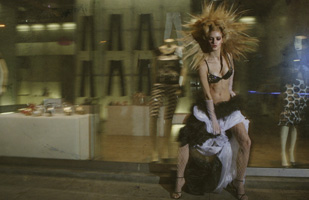 Angeles were allowed. I sent at least 250 resumes within a week, and I couldn’t meet a single photographer. They were so busy, and I was very frustrated because I was not asking for any money. That I think was the lowest low of my life, but it didn’t last more than a week. A man has to do what a man has to do. So I made friends, and I got to know some photographers that way; and I broke in.
Angeles were allowed. I sent at least 250 resumes within a week, and I couldn’t meet a single photographer. They were so busy, and I was very frustrated because I was not asking for any money. That I think was the lowest low of my life, but it didn’t last more than a week. A man has to do what a man has to do. So I made friends, and I got to know some photographers that way; and I broke in.
Highest High?
My first photo shoot where I wasn‘t assisting. It was my first celebrity, Bruce Lee‘s daughter, Sharon Lee. I knew Bruce Lee very well, because my younger brother is a big fan of his, as well as being a martial artist himself. I grew up with Bruce Lee’s books and Bruce Lee’s posters in my house in India. When I was supposed to shoot her, I was very nervous. It was a very amazing feeling. I remember I couldn’t sleep, and I was so tired in the morning, but I was very happy and I was just flying.
What advice would you give to an aspiring photographer as a mentor that you are?
Do more homework before you jump into it. Are they photographing a model or are they photographing the ensemble on the model? They have to love the people in every shape and form, especially if they want to work with people. You can not be a people hater and work 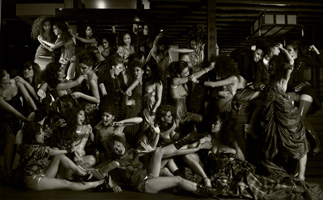 with people. Fashion photography is a very people-oriented career. There is a lot of ego pampering involved. Fashion and people are the only genres of photography where your personality counts for 50 percent of the work which you produce. They need to work on their interpersonal skills and make the other person very comfortable.
with people. Fashion photography is a very people-oriented career. There is a lot of ego pampering involved. Fashion and people are the only genres of photography where your personality counts for 50 percent of the work which you produce. They need to work on their interpersonal skills and make the other person very comfortable.
Can you tell me in one sentence what is particularly unique about your technique as a photographer?
My subject is more important than my technique, and I am working on some very interesting subject matters.
So you are more interested in bringing up the quality of the subject as opposed to infusing your technique into the actual picture?
If you’re emphasizing on technique, I have always felt this quest and to shoot people through a medium where photography can be treated like a fine art.
As Agenda Magazine‘s guest photographer, Ash Gupta will be contributing fashion editorials and cover shots in our upcoming issues. To learn more about Ash Gupta and Studio 838, visitwww.studio838.com.
Interviewed by Kaylene Peoples
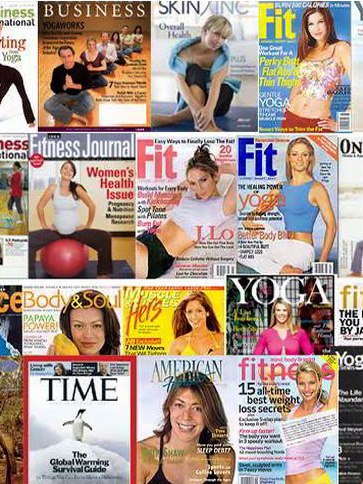
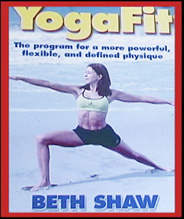
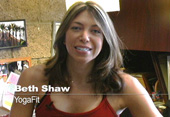
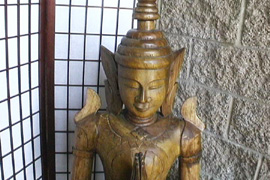
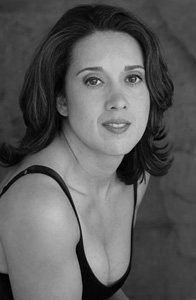
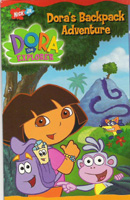
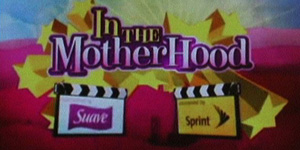
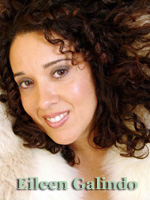
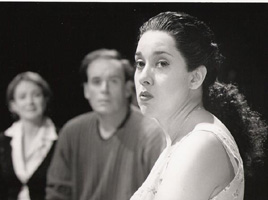
 Lastly, where do you see webisodes going in the future?
Lastly, where do you see webisodes going in the future?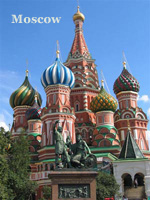
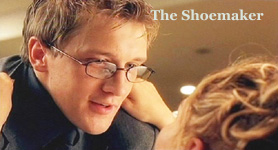
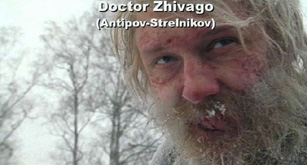
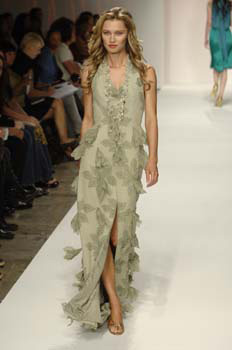
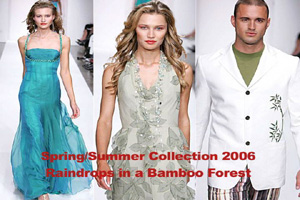
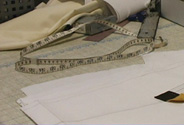
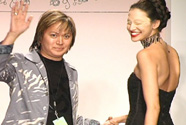
 What we did for the models.
What we did for the models.